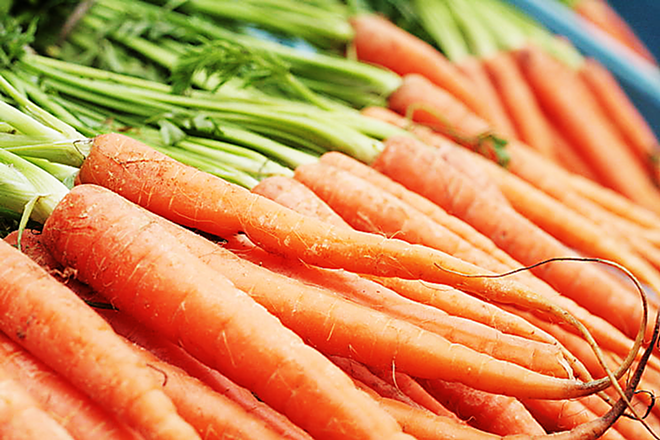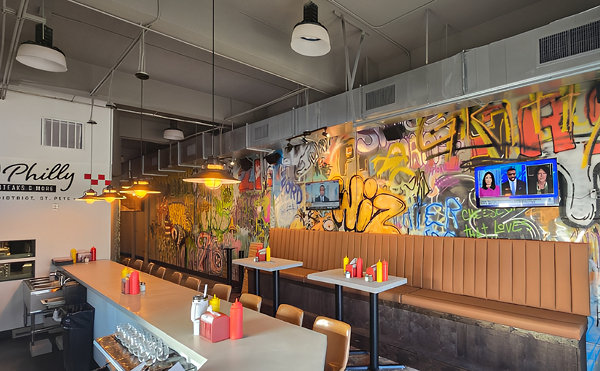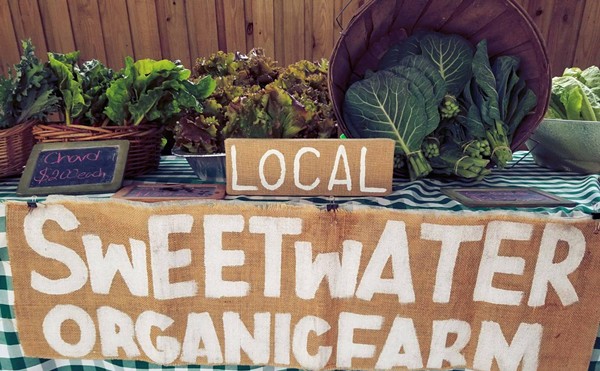
What is a snack? Ideally, it’s a 100-150 calorie nosh, acting as fuel between meals, containing at least a dash of nutritional value.
Alas, not all snacks are created equal. A Twinkie and a Triscuit may both fall into the snack calorie range, but you can probably guess which one is the healthier option (it’s the crunchy one — and no, that doesn’t mean a 100-year-old Twinkie).
The term “snacking” dates to the 1960s. Back then, it wasn’t a main focus of the day, let alone an “activity” all to itself. Snacking was a solution to hunger pangs, a brief respite between lunchtime and dinnertime: an apple a day (to keep the doctor away) or, for kids, a glass of milk and a cookie. OK, the latter may not have held much nutritional value, but children in those days could be depended upon to play away the calories.
Snacking gained momentum in the 1970s, and hasn’t let up since. What started as a few bites between mealtimes has gotten supersized. According to Barry Popkin, a professor of nutrition at the University of North Carolina, “Over the past four decades, children and adults have increased the number of snacks they eat, and snacking represents about 25 percent of our caloric intake.” Furthermore, their evidence indicates that snacking is a main culprit behind the, um, expanding obesity statistics. According to statistical studies conducted among several sources, over 30 percent of the current U.S. population is obese.
In recent years, between-meal noshes have gotten completely out of hand, says Popkin. “From 1977-1978 to 2003-2006, adults added an average of 570 calories to their daily diet,” largely due to excessive snacking. And the motivations have little to do with actual hunger. The driving forces are social (the need to bond with family or friends) and emotional (a salve to boredom or loneliness).
Even healthy snacking isn’t very fruitful if the rest of your diet is nutritionally mediocre. Dr. Claire Zizza, associate professor of nutrition at Auburn University in Alabama, conducted a study (published in the February 2012 issue of the Journal of the Academy of Nutrition and Dietetics) to discover a correlation between snacking frequency and nutrients consumed. The results were consistent with the U.S.’s current obesity statistics. “Everyone, regardless of the amount of snacking they did, had diets that are not as healthy as we would like to see,” said Zizza. Similar to Popkin‘s study, Zizza found that although people are snacking more, they aren’t decreasing their calorie intake at mealtimes to counteract the excess calories consumed throughout the day.
Bolthouse Farms, a Bakersfield, California-based carrot company, hopes to counteract the empty-calorie, emotion-fueled snacking trend so people will be more likely to grab a handful of carrots instead of a handful of candy. But what good are nutrient-rich carrots dipped in fatty dips or salad dressings? To counter that trend, Bolthouse Farms created yogurt-based salad dressings with lower calorie counts and higher nutritional value than their mayonnaise-based counterparts. “Our dressings contain 55 percent fewer calories and 75 percent less fat than the leading mayonnaise-based brand, and are just 45 calories per serving,” said Bolthouse Farms Chief Innovation Officer Bryan Reese.
So what should you do if your own snacking is heading toward supersize territory? The first step is to incorporate healthy habits into your daily lifestyle, even if they’re only baby steps. For example, gradually decrease portion sizes of snacks or swap out unhealthy for healthy items (such as an apple for a cookie). And treat yourself: Choose healthy snacks that are appealing, convenient and tasty. There are plenty of options at the supermarket, such as individually-wrapped portions of fruit and vegetables, cheese and fiber bars. All it takes is a dash of dedication and the will to succeed.















